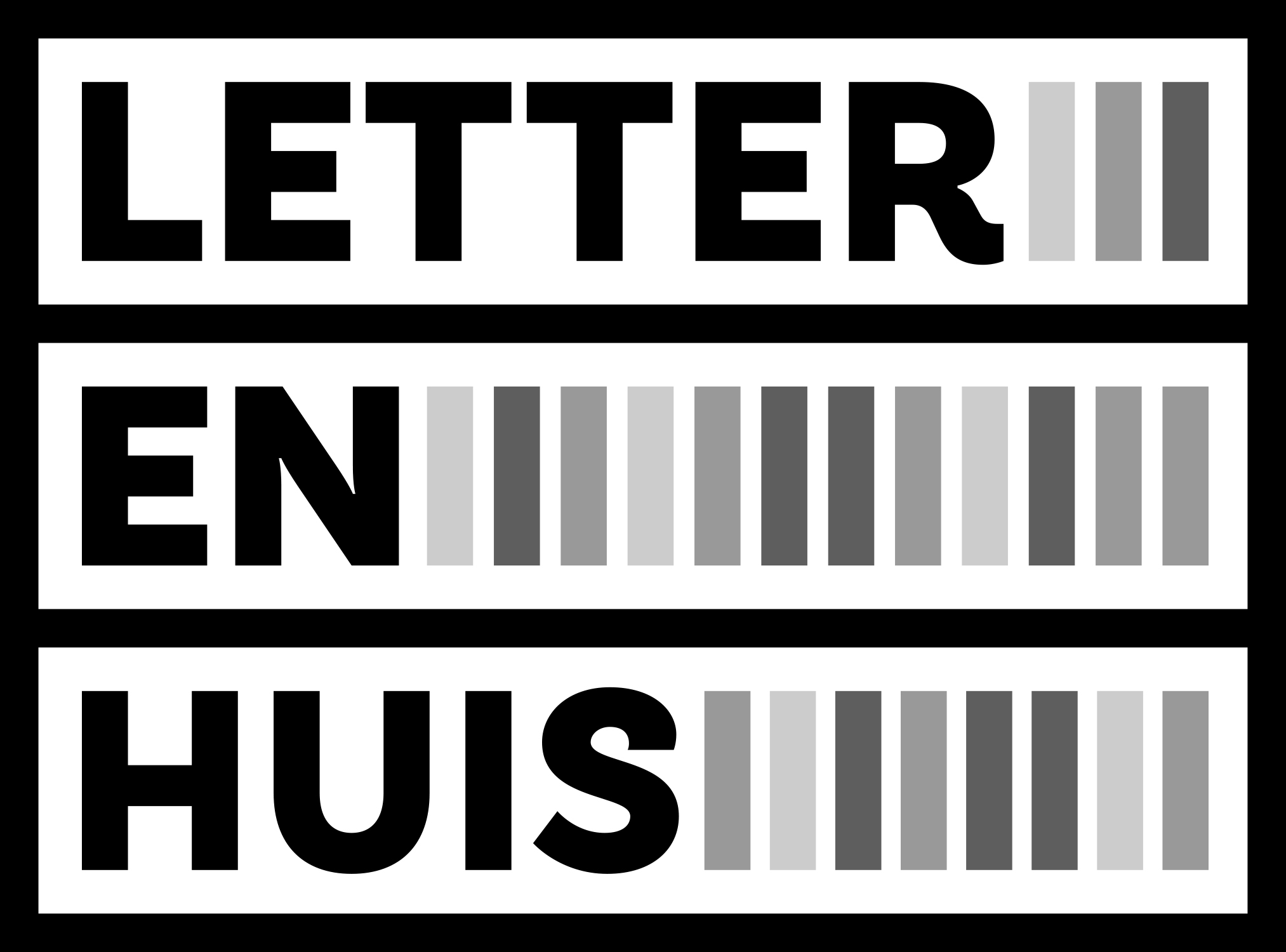Literary history at the Letterenhuis
In its permanent exhibition , the Letterenhuis tells a story about Flemish literature in the 19th and 20th centuries. The door to the vast collections of letters, diaries and manuscripts opens invitingly in the museum.
You can set off in search of the great stories, but also find out the smaller ones about how literature is created, how a text is refined and polished and how differences of opinion occur.
But you will not just discover how writers set to work and how literary texts are created. The Letterenhuis also tells the story of a changing world and how literature relates to that. Both what is happening in a writer’s immediate surroundings and everything going on in the wider world can be a source of inspiration. The museum tells a story about the relationship between literature and reality, about art and involvement, about tradition and innovation, about protest and avant-garde, about old and new values.
Manuscript collection
In the museum you can view a choice selection from the vast collection of manuscripts.
There is the manuscript of Paul van Ostaijens’s charming poem ‘Marc groet ‘s morgens de dingen’ and there are also manuscripts of dozens of other older and more modern classic Flemish texts: De Kapellekensbaan by Louis Paul Boon, Kaas by Willem Elsschot, Ten oorlog by Tom Lanoye – and many more, by Guido Gezelle and Karel van de Woestijne, Hendrik Conscience and Cyriel Buysse, Jef Geeraerts and Herman de Coninck.
Of course, there is much more to discover than manuscripts and letters. Beautiful photos, posters, paintings and sculptures provide a fresh view of well-known and lesser known artists. And image and sound fragments bring Flemish writers to life.
Recent literature
The emphasis of the exhibition is on the post WW II period. A story about form experiment, protest movements and literature is told using the work of, among others, Ivo Michiels, Hugo Claus, Paul Snoek, Walter van de Broeck, Leonard Nolens, Kristien Hemmerechts, Lieve Joris, Paul Mennes, Tom Lanoye and Peter Verhelst.
The museum offers a general view of Flemish literature, from the notes of Conscience for De Leeuw van Vlaenderen to the literature of the digital era.


